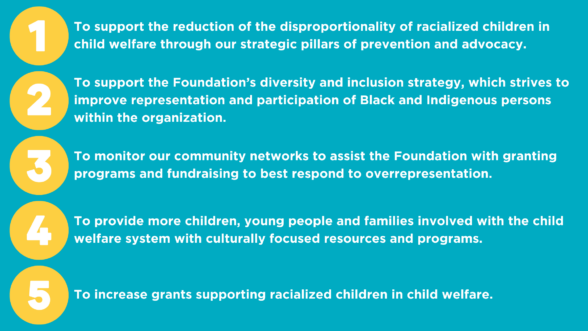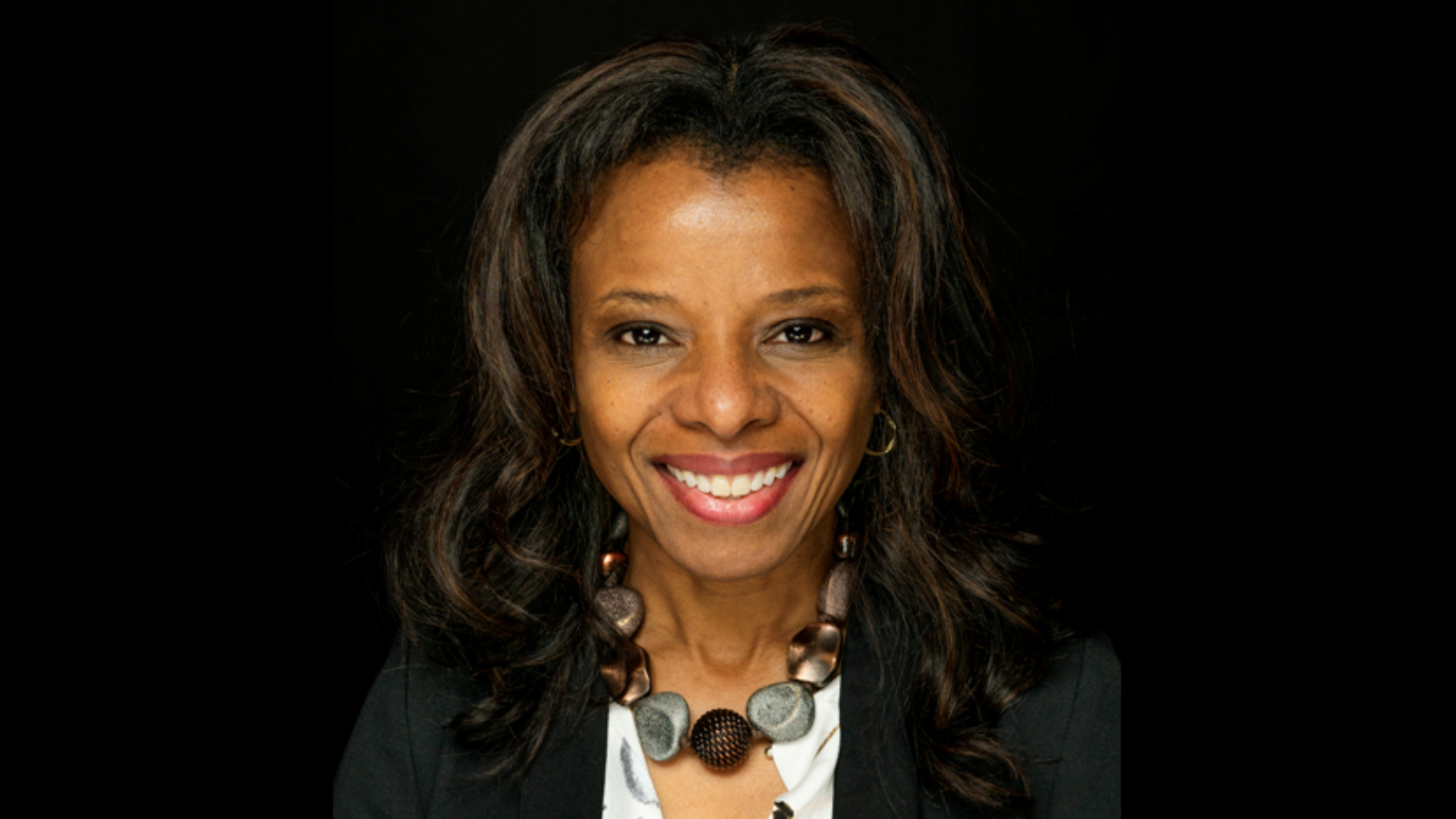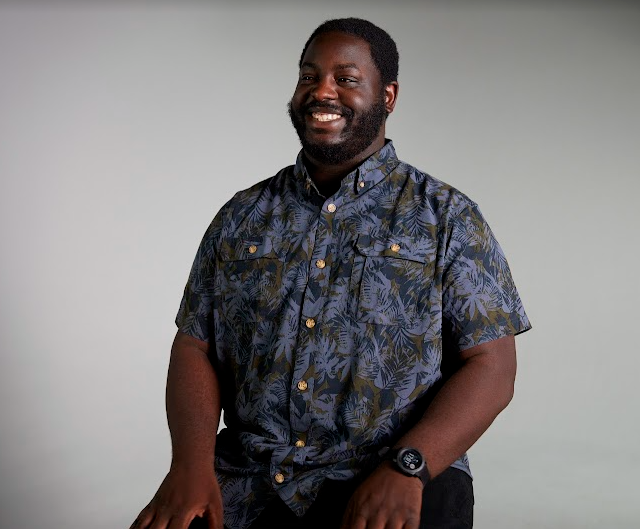In honour of Black History Month and this year’s theme of Black resistance, we’re sharing powerful stories from former youth in care and insights from Black leaders in our community. Read the first and second installments in this series.
For the third and final installment of our Black History Month series, we spoke to Nicole Stewart Kamanga, a member of Children’s Aid Foundation of Canada’s Board of Directors and the Board’s Equity and Inclusion Community Council.
A lawyer and accredited family mediator, Nicole has worked as a Panel Lawyer with the Office of the Children’s Lawyer where she represented children and youth in family and child protection matters. She has also served as a children’s advocate at a women’s shelter.
Here, Nicole shares what inspired her to join the Board, an inside look at the work of the Equity and Inclusion Community Council and her thoughts on the meaning of Black resistance:
What inspired you to join the Foundation’s Board of Directors?
I joined the Board because I strongly believe in the Foundation’s bold vision. As someone who has worked directly with children and youth involved in the child welfare system, I have witnessed first-hand the many complexities that can underlie their lives.
I’ve seen the toll of addictions and domestic violence, and how those challenges, among others, can lead families to become involved with child welfare. I’ve witnessed how hard it can be for children and young people living in foster homes or group homes. That said, I’ve also witnessed great resilience and perseverance.
The child welfare system helps many children but service challenges remain. I felt that by joining the Board, I might be able to play a small part in helping to address some of the challenges in these children’s lives while supporting their many strengths.
What is the Equity and Inclusion Community Council?
The Council was created in response to the fact that Black and Indigenous children are significantly overrepresented in the child welfare system. In Toronto, for example, Black children represent 40% of kids living in government care even though they account for just 8.5% of the city’s population. Over half of all kids in care in Canada are Indigenous despite representing just 8% of the child population.
The Council’s mission is to help reduce those numbers. This is one of the Board’s stated priorities. To achieve this goal, we’ve established five key priorities and developed terms of reference that speak to the nature of our role, which is to provide the Board with guidance and recommendations regarding the Foundation’s role in helping to reduce the overrepresentation of Black and Indigenous youth in the system, to support increased diversity within the Foundation, and to provide a platform to elevate the needs and voices of overrepresented communities.
The Council has identified five key priorities. What are they and how were they established?
I want to first note that to identify our priorities, we intentionally ensured diverse voices were heard around the table. In addition to the diverse leaders on the Council, including members of Black and Indigenous communities, we also invited child and youth-serving agencies to speak with the Council so we could have an enhanced awareness of the services being offered to children and families. We also reviewed as much data as possible regarding the overrepresentation of Black and Indigenous children in the child welfare system.
The five goals are:

We are very fortunate to work with such a supportive and dedicated Board, Board Chair and President and CEO. We also extend our sincere thanks to the Foundation staff for pulling together the critical stats and other data for us.
As a Black woman, why is your presence on the Foundation’s Board of Directors important?
Being the only Black woman in the room is not a new experience for me, but it would be wonderful to have more members of our community on the Board.
I think it’s important for me to be there not just because of my work experience, but because I can perhaps lend a different perspective in terms of some of our discussions.
For example, asking a question that someone else may not have thought to ask. It speaks to the importance of having different voices in the room, which is a benefit to everyone.
The theme of Black History Month this year is “Black resistance.” What does that mean to you?
The definition of resistance is a refusal to accept or comply with something, especially something adverse. This resonates with me in so many ways; it’s the story of Black history and our ability to not only survive but to persevere and thrive despite incredibly adverse circumstances.
In terms of child welfare, Black resistance shows up in our collective efforts to give voice to Black children and families, to fortify and build on the strength of our community while recognizing the system’s historical roots of racism and colonization. Within this context, resistance also means taking action earlier so that families avoid involvement with the system in the first place.
And since it’s Black History Month and we’re talking about Black resistance, I want to quickly share the story of my great-great-uncle. His name was Hugh Mulzac and he was the first Black man to obtain a shipmaster’s unlimited license and the first Black ship commander of a Merchant Marine ship.
He was born on Union Island in the British West Indies and emigrated to the US in 1918. Although he was highly qualified, ship owners would not permit him to captain a ship due to his race. He found work as a ship’s cook and steward during the 1920’s and 1930’s to support his family. In 1942, at the beginning of World War II, when he was 56, he was offered a captain position on a segregated ship, but he refused — even though he’d been trying for over 20 years to serve as a captain.
He insisted on an integrated crew. Ship authorities eventually relented. Hugh Mulzac served as captain of the SS Booker T. Washington through the war — the first oceangoing ship named after an African-American. To me, that’s Black resistance making Black history.
One last question: Is there a certain phrase or quote that you live by?
I fail countless times, but I try to live by the Golden Rule: Do unto others as you would have them do unto you.
If my family were experiencing challenges similar to those of the families we serve, I would want someone out there working to help us. That motivates me to use the position I’m in to do just that.
Thank you, Nicole!
Learn more about Children’s Aid Foundation of Canada and the young people we serve.



